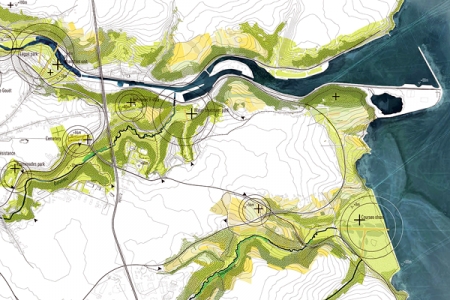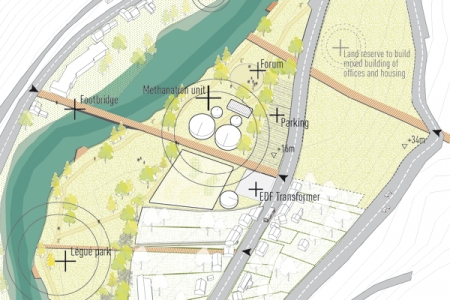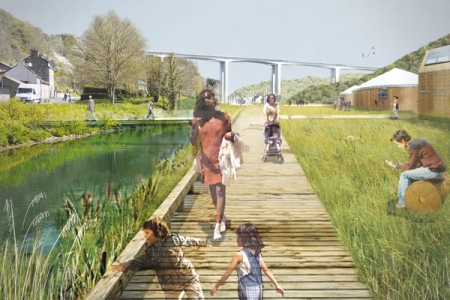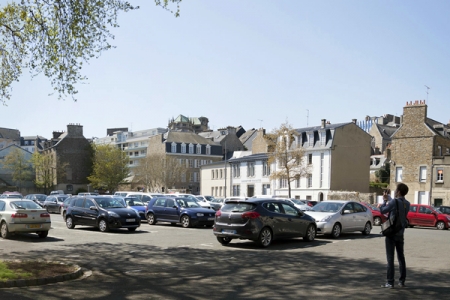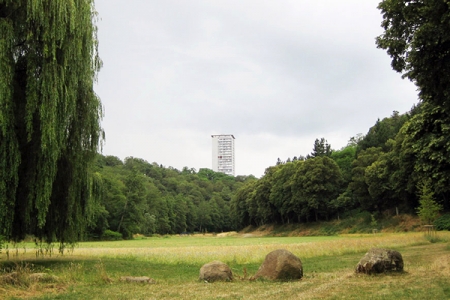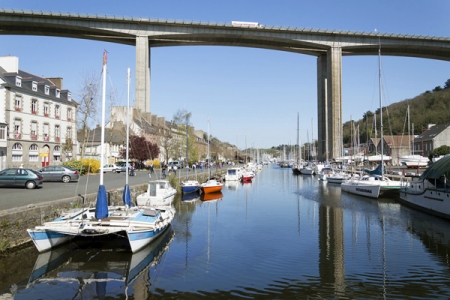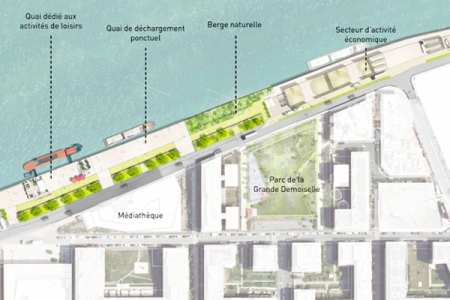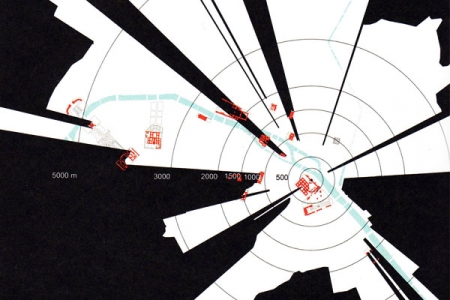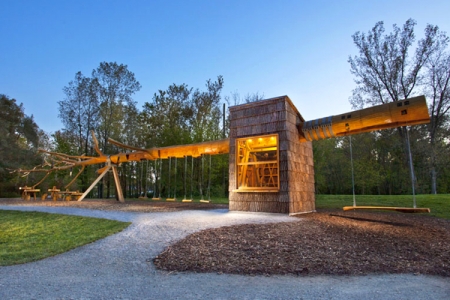Landscape Focus
Saint-Brieuc (FR) – Winner
TEAM DATA
Team representative: Iris Chervet (FR) – architect landscaper
Paris – France
+33 6 62 21 12 85 – 77 73 37 70 – iris.chervet@gmail.com – www.irischervet.com
See the complete listing of portraits here
See the site page here

I. Chervet
INTERVIEW
Click on the images to enlarge
1. How did you form the team for the competition?
I participated to the competition by myself. At the end of my architecture studies and a landscape architecture training, I wanted to design a project that emancipates itself from the limits between architecture, urban planning and landscape to offer a long-term coherent vision of the territory. The Europan competition was an ideal medium for experimentation and was the opportunity to discover a region that seemed to carry a great landscape potential.
2. How do you define the main issue of your project, and how did you answer on this session main topic: Adaptability through Self-Organization, Sharing and/or Project (Process)?
The issue put by the city of Saint-Brieuc was about land-sea relation. I made the question relevant about the proximity of the sea to open the territory to the multiplicity of landscapes composing it: urbanized or bocage plateau, wooden valleys, rocky coastline and port areas. Different possible relations between land and sea are explored by opening views, by routes, by specific uses and activities. Several tools are developed: a work of landscape point of view cartography, involving a targeted clearing in the valleys ; and a research about emergence of activities linked to the decontamination on three symbolic sites in estuaries in valleys. The strategy purpose to balance the infrastructural landscape by revealing the sweep of the natural geography of the site and creating the opening of micro situations giving back a meaning on the small-scale. The question was about exploring the landscape project capacity to transcend the territory scales and work with a fundamentally adaptable material: the living.
3. How did this issue and the questions raised by the site mutation meet?
Saint-Brieuc proposed a double site, questioning the idea of a project perimeter. The site questions about the context in its totality and about relations between mutables spaces in the city. Thus, I tried to extend the subject to a multiplicity of sites: the question of relation between the city and its landscapes imply a diversity of places and actions typologies. The project focuses on three symbolic sites in the valleys estuaries, which are privileged places for a transition between sea and valleys, and question major ecological issues. A programmation around environnemental equipments integrated in the urban context and opened to the public reinforce the exceptional relation to the bay.
4. Have you treated this issue previously? What were the reference projects that inspired yours?
The project articulates several issues that i have been working on since my studies.
I approached the question of physical and functional porosity of urban industrial equipments, proposing buildings that accept the public and integrate in the landscape. In this regard, the “Port de Paris“ initiative about integrating their sites in the Parisian context is interesting. Urban logistics problems are associated to territorial commitment in a flow and energy economy.
Furthermore, the preservation of open spaces in a dense urban context submitted to strong land pressures is a true commitment. This wish implied a work on views, about the necessity to leave the landscape visible using the idea of «carte-radar» imagined by landscape architect Laurence Cremel. The major issue is the one of a territorial ecology that emancipate from technological and normative tools (too partial answers), for a vision that accepts and serves the complexity of the territory and environments.
5. Today –at the era of economic crisis and sustainability– the urban-architectural project should reconsider its production method in time; how did you integrate this issue in your project?
The strategy lies on the census of a collection of possible projects on the long-term, and then on their chronological hierarchization.The territorial project program is set from a landscape management, in particular the partial deforestation of valleys, which starts a virtuous circle with a reemployment of substance to design public spaces. Thus, the wood in its various forms –produced in the very valley– can be used on site to reintegrate the valleys in urban routes and daily uses. The material therefore creates the link, in space and time, between each of the project sites.
6. Is it the first time you have been awarded a prize at Europan? How could this help you in your professional career?
Yes, it is the first time I have participated to Europan. The competition allows the gratitude of a qualitative approach and reflexive capacities about the global question of the City. Il is a support for the young professionals credibility in front of their customers, and encourages the local elected representatives to continue the project and begin an operational phase.
